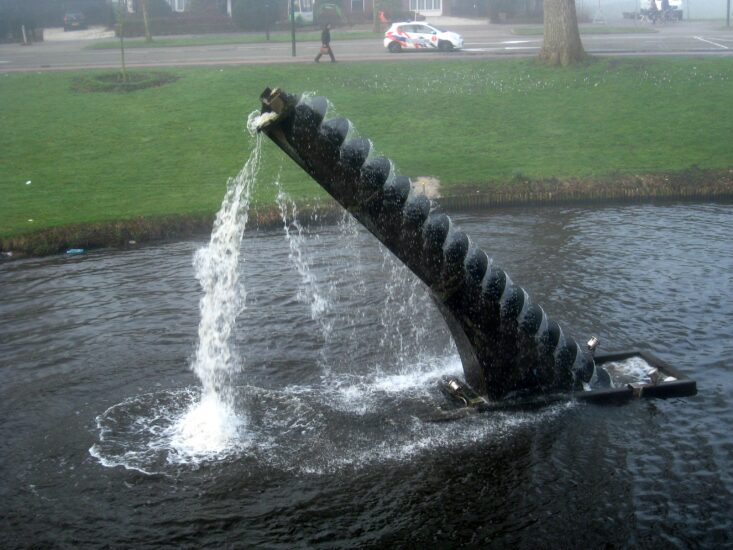The Fascinating History of the Archimedes’ Screw

Few inventions have had a larger impact on the physical movement of objects and liquids than the screw pump described by the ancient Greek scientist, inventor and philosopher Archimedes. Archimedes never claimed to have invented the device himself, but rather described one that he had seen in Egypt in the year 234 BC.
What Exactly Is It?
The Archimedes’ screw is a positive displacement pump. This means that it can lift water, grain and sand against the force of gravity very efficiently: a massive breakthrough in the ancient world.
The device is amazingly simple. It comprises – in its most basic form – a helix screw enclosed in a cylinder. The rotation of the device creates positive displacement and forces the water to rise up to the top of the pipe. It is an efficient and effective way of moving water from one place to another.
Early Examples
It is theorized that positive displacement screws were in use in Egypt and Babylon long before the writings of Archimedes. Indeed, there is evidence to suggest that the Egyptians used positive displacement screws to master their greatest resource: the river Nile. Carvings exist that appear to show the use of screws to lift water out of the Nile for irrigation purposes.
Another early use of the screw pump is thought to have been part of the workings of one of the wonders of the ancient world: the hanging gardens of Babylon. For many years, it was wondered how the hanging gardens could have been irrigated with primitive technology.
In 1992, the British Institute for the Study of Iraq published an influential paper in which D.W. Stevenson asserted that the hanging gardens of Babylon were likely to have been irrigated by screw pump. The paper garnered large scale academic support and has since been considered a major theory backed up by archeological evidence of Babylonian rulers using pumps.
The Myth of Archimedes
Despite evidence to suggest earlier use of the screw pump, it will forever be associated with Archimedes of Syracuse. This is largely due to the writing of the philosopher Diodorus, who mistakenly believed that the screw was invented by Archimedes while he was in Egypt instead of simply being observed and described by him. In the mythic tale that Diodorus wove, Archimedes invented the screw pump from scratch so that he could fulfill a kingly request to pump water out of a floundering ship.
Continuing Impact
The Archimedes’ screw is still in use today in water treatment plants, power stations and other places where robust and simple pumping mechanisms are needed. Not only that, but the idea of a continuous means of conveyance has had huge impacts on other kinds of machinery. Conveyor belts – first used in the early 20th Century and now produced by groups like fluentconveyors.com – are a de facto continuation of principles of conveyance realized in the Archimedes’ screw.
Thousands of people have clean water and sanitary sewage systems thanks to this oddly simple ancient innovation.








